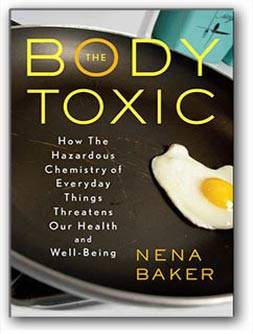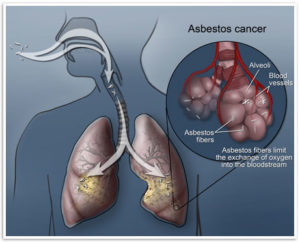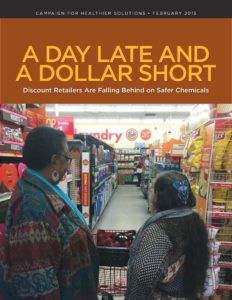
“Ever since the publication of my book, The Body Toxic: How the Hazardous Chemistry of Everyday Things Threatens Our Health and Well-being, people ask me what I’ve done in my own life to reduce exposures to toxic chemicals.
One answer is: I vacuum a lot more. And one family of toxic chemicals is the reason for it. Called polybrominated diphyl ethers, or PBDEs, these toxic flame retardants were – beginning in the 1970s — added to everything from furniture foam, mattresses, carpet padding and drapery backings, to car interiors, computers, TVs, fax machines and small kitchen appliances.
Because of the way PBDEs were blended into foam and plastic – think of a baker stirring chocolate chips into cookie dough – they can easily escape from the materials into which they are mixed. As a result, PBDEs settle in the dust on the floors of our homes, where children and pets spend most of their time. Indeed, researchers believe dust is the primary route of human exposure to PBDEs.
Based on the findings in animal studies, the EPA classifies PBDEs as a possible human carcinogen. Like other endocrine-disrupting chemicals I write about in The Body Toxic, PBDEs also are suspected of causing an array of negative health effects, including thyroid hormone disruption and permanent learning and memory impairment.
Because of their widespread use, PBDEs have built up at astonishing rates in the environment and in people. No one can say for certain how PBDEs are affecting humans, young or old. But research led by Dr. Linda Birnbaum, who was recently appointed director of the National Institute of Environmental Health Sciences, makes the case that house cats may be sentinels for humans, especially the littlest ones.
“Think about a cat’s behavior,” said Birnbaum. “They’re on the floor; they’re on the furniture. They get dust on themselves. They ingest it through grooming. Well, little kids are all over the floor and furniture, and they’re frequently mouthing things, including their hands.”

















1 thought on “New Book Highlights Environmental, Health Threats from Toxic Chemicals”
Interesting…it is all a lot to keep up with!
Comments are closed.